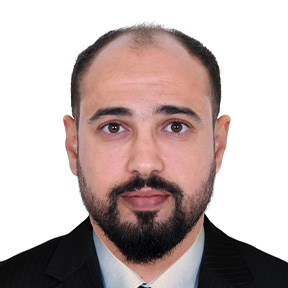
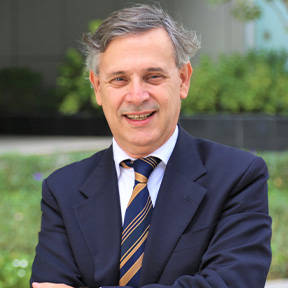
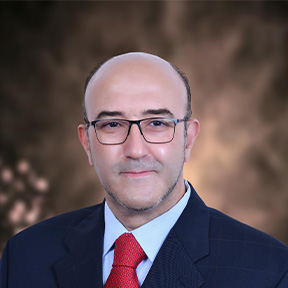
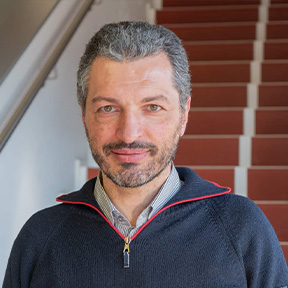
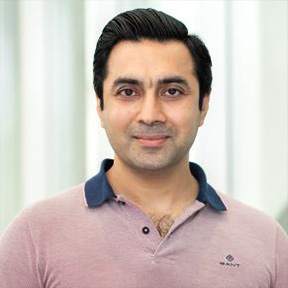
The design of robots that interact autonomously with the environment and exhibit complex behaviors is an open challenge that can benefit from understanding what makes living beings fit to act in the world. Neuromorphic engineering studies neural computational principles to develop technologies that can provide a computing substrate for building compact and low‐power processing systems. In this workshop we aim to discuss why endowing robots with neuromorphic technologies – from perception to motor control – represents a promising approach for the creation of robots which can seamlessly integrate in society. Highlighting open challenges in this direction, we propose community participations and actions required to overcome current limitations.
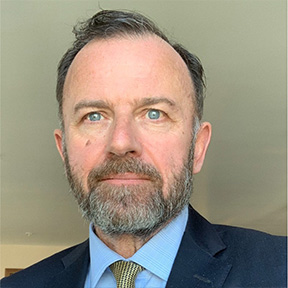
This workshop aims to explore and discuss the development of robotics across the air, ground, and marine domains and its applications in the United Arab Emirates (UAE). The objective is to identify the key challenges and opportunities in this field for the coming decade, benefiting both academia and industry stakeholders, including developers and end users. By leveraging robotics, the UAE has the potential to diversify its economy, create educational and professional prospects, and establish itself as a global hub, attracting talent from around the world.
The workshop will involve people from both academia and industry and will commence by assessing the current state of robotics in the UAE. It will then propose strategic actions to enhance the impact and integration of this technology on the existing industry and future smart infrastructure, with the goal of attracting talented individuals. Finally, the discussion will revolve around current and future research and educational opportunities, examining how these can further contribute to the country economic development and the expansion of professional prospects for UAE nationals.
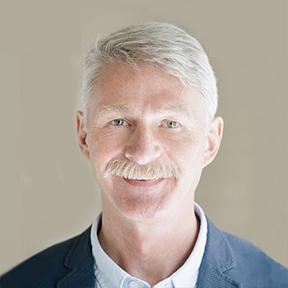
This workshop addresses the key issue of cultural sensitivity in social robotics. While technological invention creates new ways of doing things, it is innovation that produces social and economic benefits through widespread adoption and the consequent change in the people’s practices. Adoption depends on the conventions that govern people’s behaviour, the practices they find acceptable and unacceptable, and their sense of what is trustworthy. Cultural competence, i.e., an awareness of social norms and cultural expectations, is a key element in fostering this acceptance.
The need for technology to be culturally competent is perhaps best exemplified by the field of social robotics. Social robots serve people in a variety of ways: they operate in everyday environments, often in open spaces such as hospitals, exhibition centres, and airports, providing assistance to people, typically in the form of advice, guidance, or information. The purpose of this workshop is to acquire cultural knowledge about acceptable modes of communication in different regions, focussing on underserved regions such as MENA and sub-Saharan Africa, so that we can equip robots with the ability to interact sensitively and politely with people in those regions using spatial, non-verbal, and verbal modes of communication.
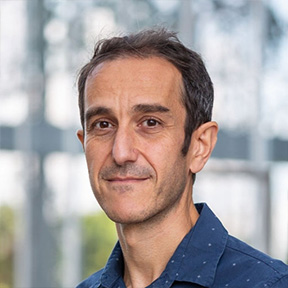
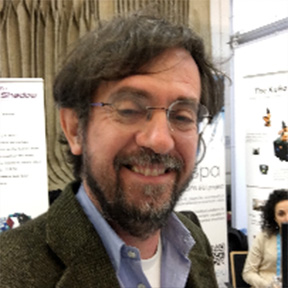
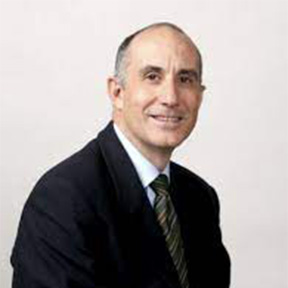
In the daily practice of a robotics researcher, reusing the software of other labs for its integration in a new system or replicating their results is quite difficult. This uncomfortable situation does not only make very difficult the cumulative process of research, it also severely impairs technology transfer and industrial exploitation. The aim of this tutorial is to provide concrete software practices and guidelines for producing reproducible open source code in robotics and AI. This event will provide necessary information, knowledge and motivation to allow the community to transition to a reproducible software development process where seamless integration of the components of intelligent robotics and automation systems will be mainstream practice.
We will review the past and present situation and focus on the prospective for the future, analyzing which test beds are currently available and for which specific field, what is missing and what, as a community, we need to provide for having more reproducible code in robotics research. We will present the evolution of software languages (C++, Python), libraries (OpenCV, ROS) and machine learning toolkits (TensorFlow, CUDA), and we will illustrate the problems of broken dependencies with examples of open source code repositories from actual conference and journal papers.
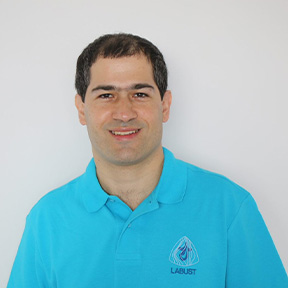
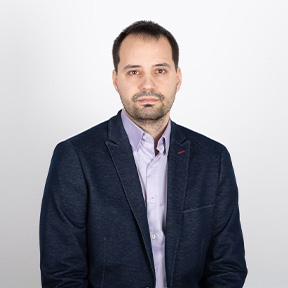
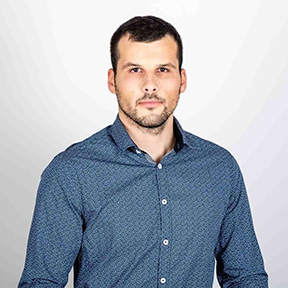
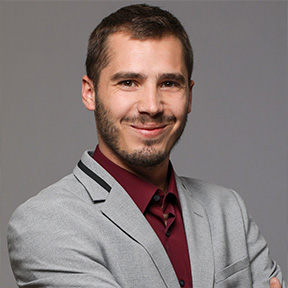

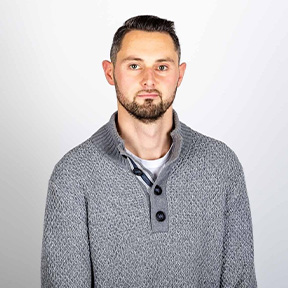
The proposed tutorial will engage academic researchers, industrial experts, students as well as roboticists in general to join a hands-on tutorial for learning about and experimenting with the Marine Robotics Unity Simulator (MARUS). The high-fidelity simulator MARUS offers advanced capabilities of generating realistic maritime environments allowing for closer-to-reality Validation & Verification (V&V) of applications developed for maritime vehicles. The simulator offers synthetic dataset generation with perfect annotations for various sensors (cameras, LIDAR, sonar, radar) and allows for interaction with the environment for closed loop simulation.
This simulator is highly applicable for the researchers in the field of marine robotics in industry and academia and it has been used in a myriad of applications such as diver-robot interaction, unmanned ships, maritime security and so on 34. MARUS simulator is built in Unity Engine as it provides tools for generating realistic environments and easy to use interface for quick setup which makes it a perfect tool for development of a simulator.
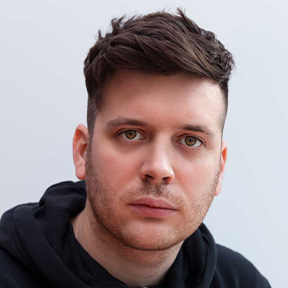


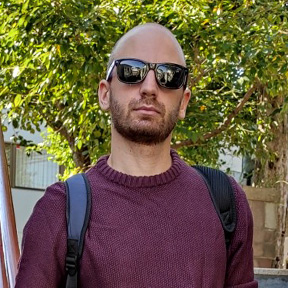
Bilateral teleoperation systems are usually exploited to improve human awareness and skills when remotely controlling robotic manipulators in critical scenarios such as in surgery. Teleoperation has also been “augmented” by making it possible to execute specific tasks in an autonomous way and leaving the operator only to master the most complex phases. The interweaving between robotics and AI is a promising research area with high potential impact. One of the most significant contributions of this technology in the past 30 years has been its exploitation in Robotic Minimally Invasive Surgery (R- MIS), which benefits surgeons, patients, and hospitals.
However, ensuring stability and performance of these systems when communication delays are present and the remote environment is partly known or completely unknown, remains a challenge. This tutorial will discuss the latest developments in bilateral teleoperation technology and provide insights into future advancements that combine Passivity Based Control (PBC) with Optimal and Model Predictive Control (MPC).




Autonomy is the subject of intense research in many application areas of robotics. The approach followed is mostly based on the very performing Deep Learning methods, which however may not satisfy the requirements of safety critical tasks. In fact, the upcoming “AI Act”, the EU regulation addressing the use of AI methods, requires the constant human supervision in all safety critical tasks. This is clearly the case of autonomous robotic surgery that will require an advanced form of supervised autonomy to be usable. Human supervision requires the unambiguous communication between humans and machines, which goes beyond explainability. This tutorial will present the system requirements that derive from the AI Act and the main building blocks of the demonstrators that has been developed at the University of Verona.
©2023 ICAR. All right reserved